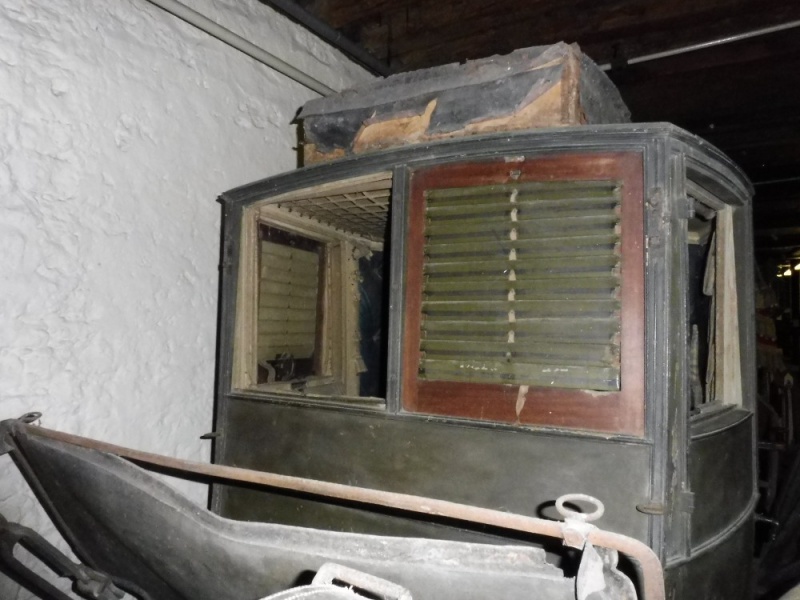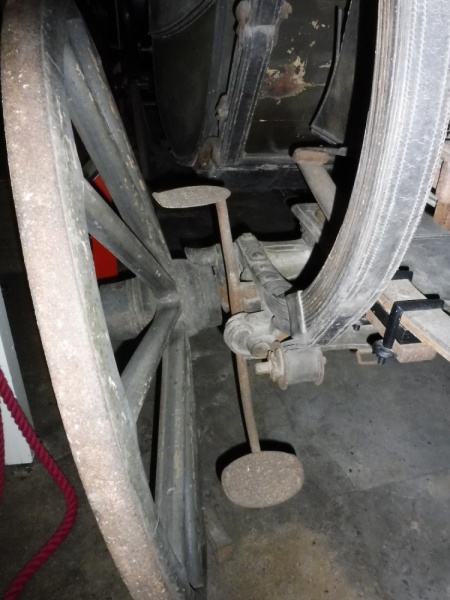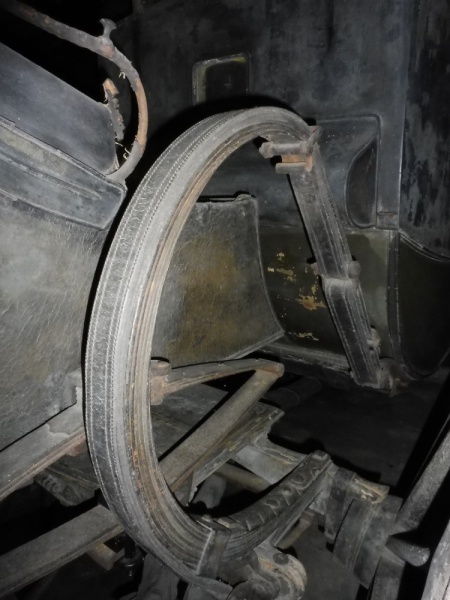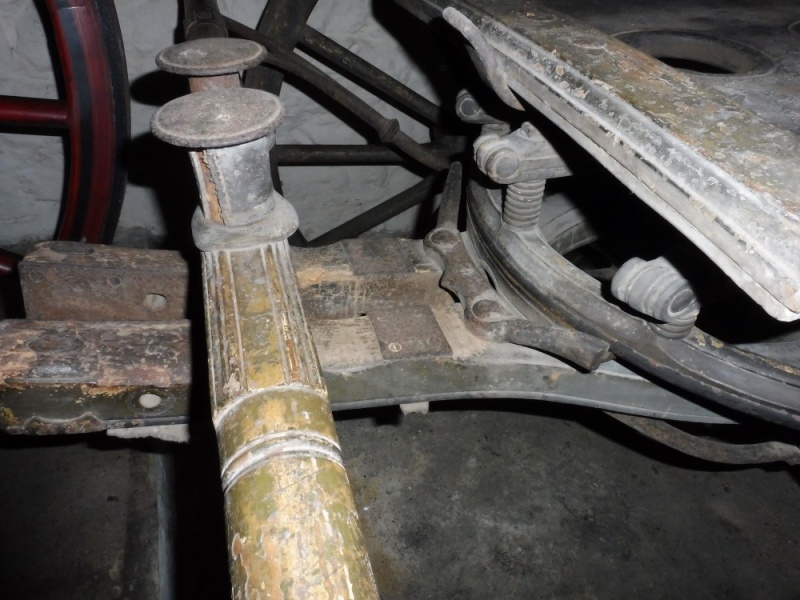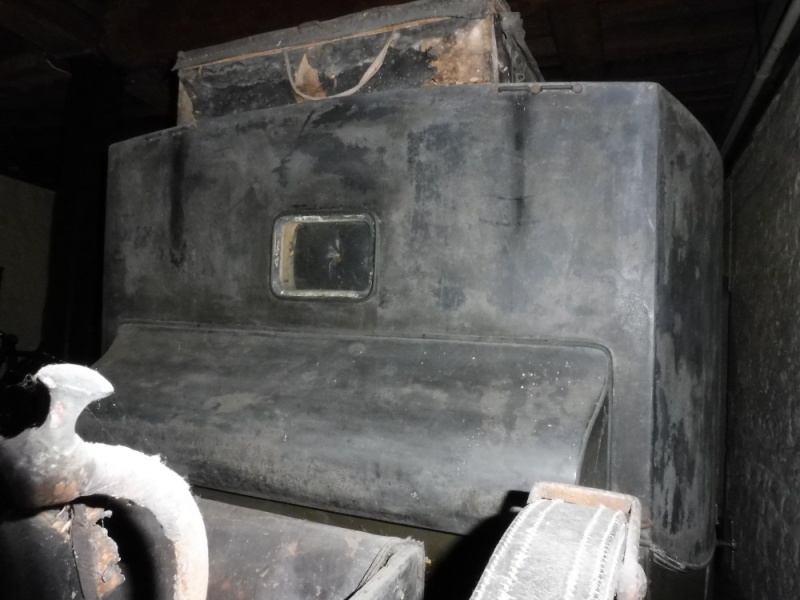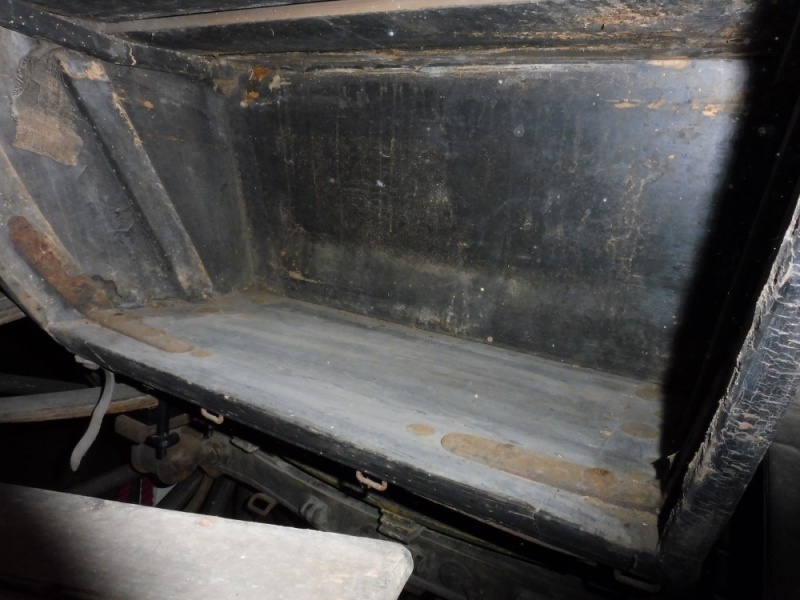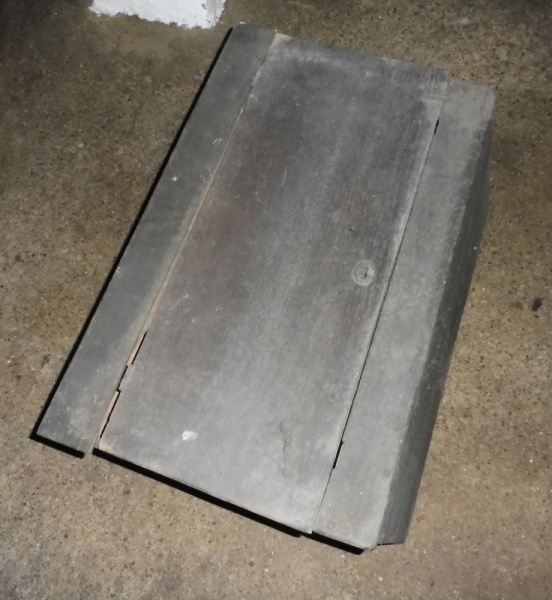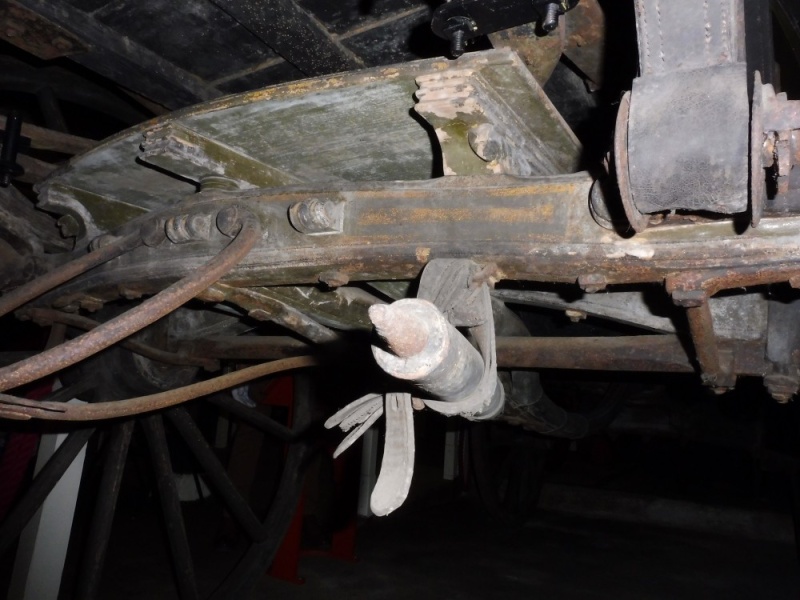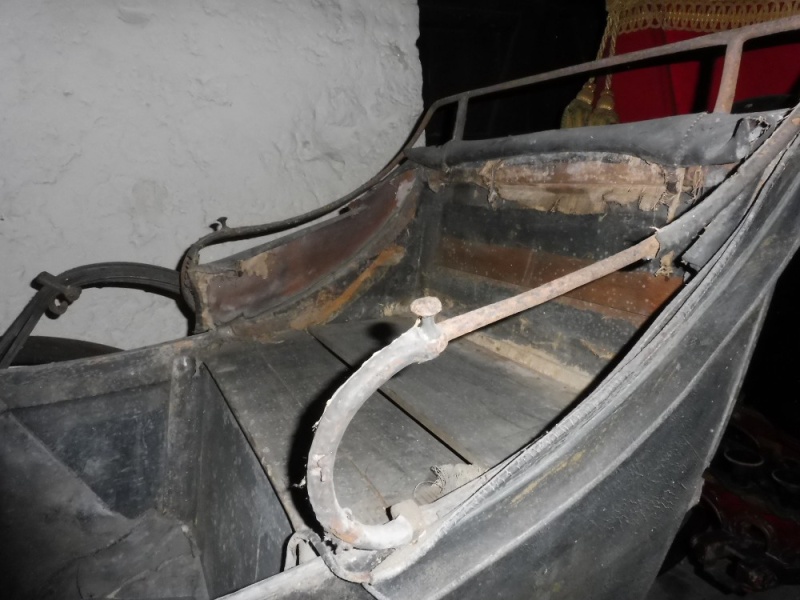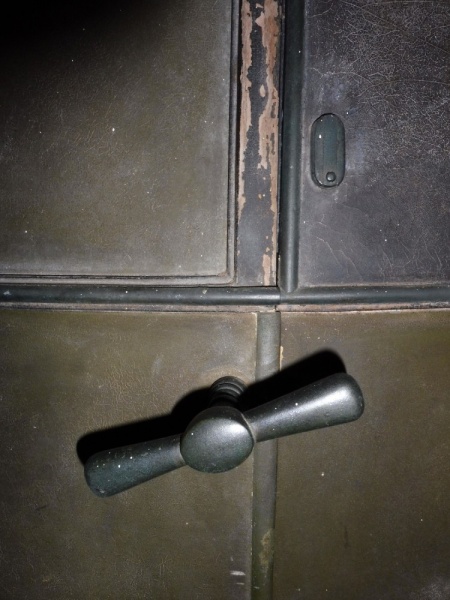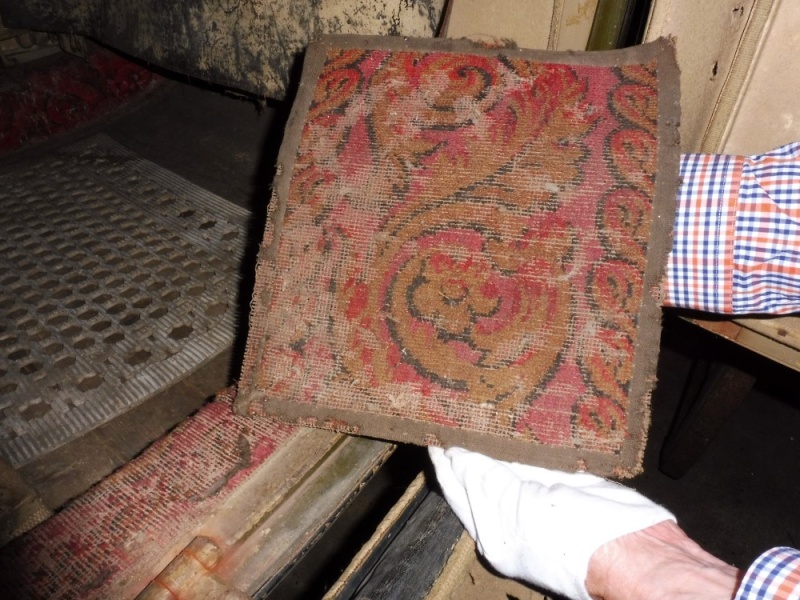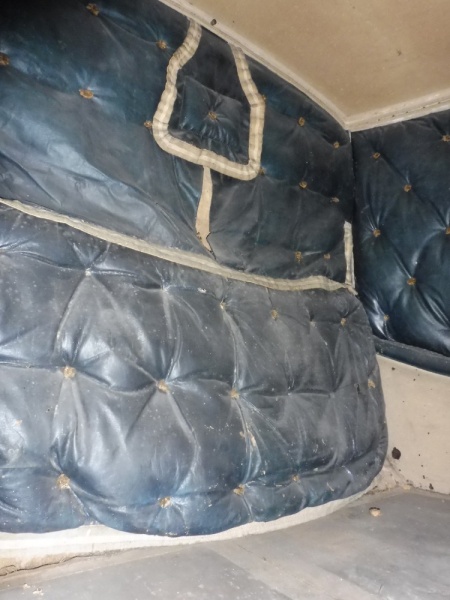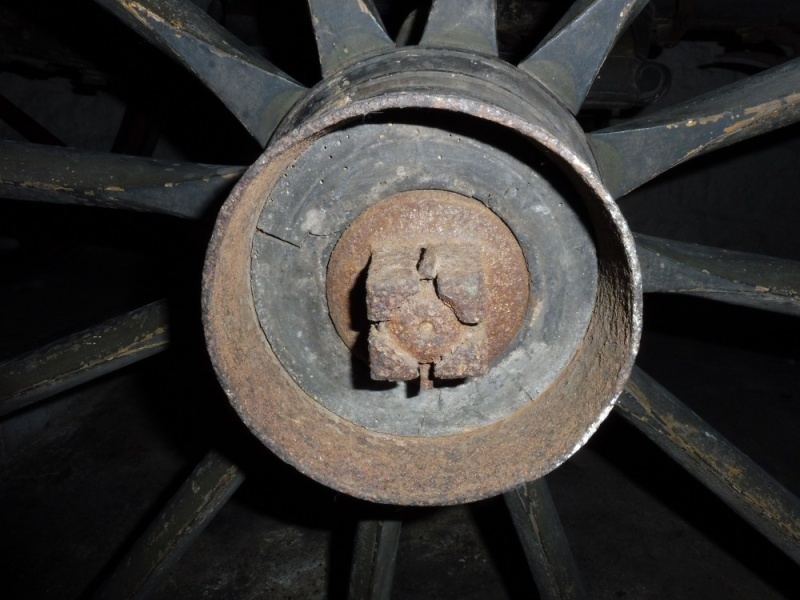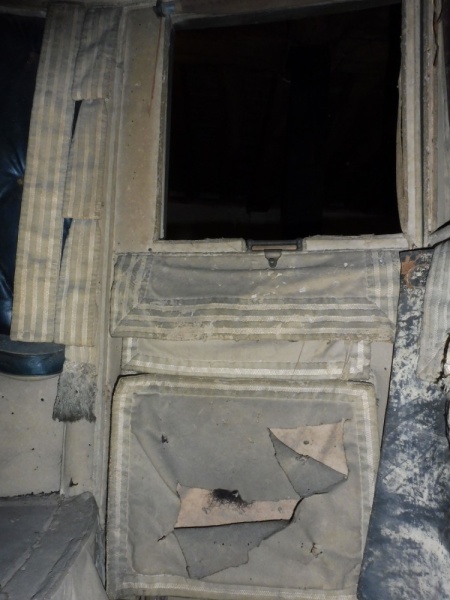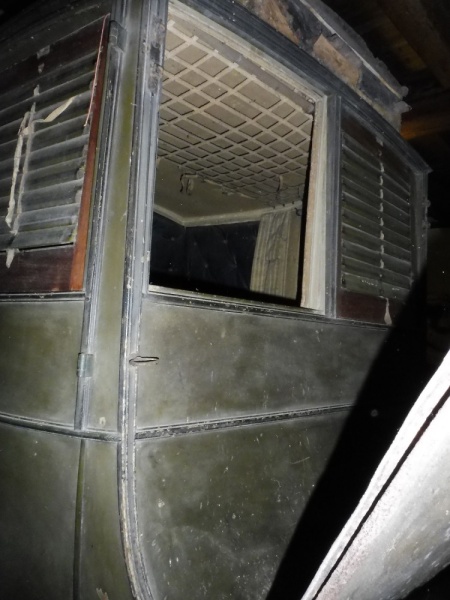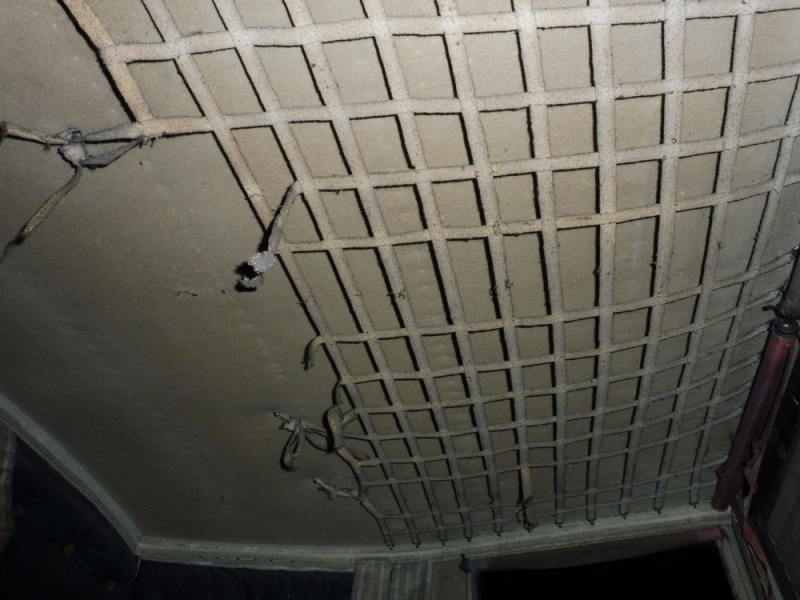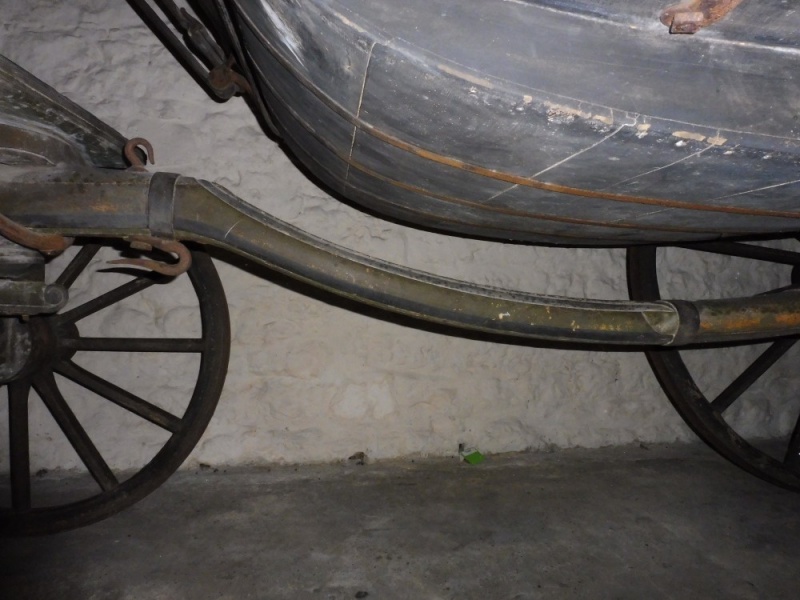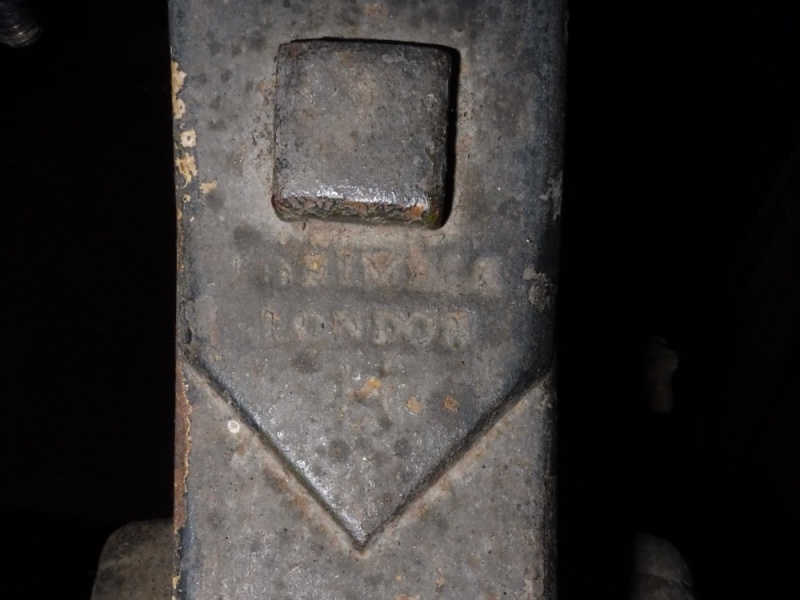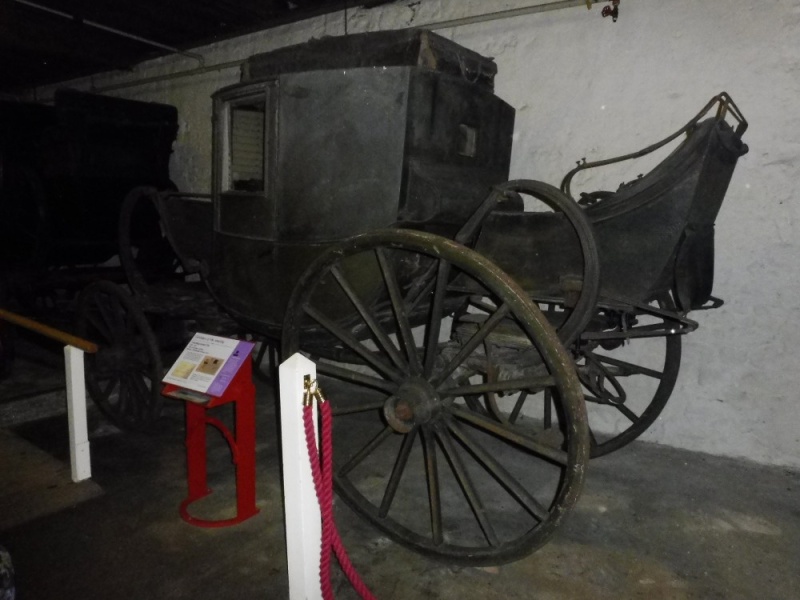Use the dots above to scroll through images.
Listed in 1 collection
Listed at 1 museum
Listed for 1 maker
Quick Details
Carriage Type
Travelling Chariot
Date of Production
1817
Materials used
Paint, Wood, Iron, Leather, Wool Box Cloth, BrassSummary of Travelling Chariot
A travelling Chariot for a team of four horses. This is one of the earliest carriages in the collection at Maidstone. The age can be judged by certain features such as the grease axles and the doors being hung on exterior butt hinges. This type of carriage was used for long journeys, including the Grand Tour of Europe, which every young nobleman and gentleman of substance made in the 18th and early 19th centuries. The carriage was postillion-driven, and the horses and post boys would be hired for it from post to post. Post was the name given to the inns, which hired horses and post boys all over Britain and Western Europe. There is a sword case at the back of the body, accessible only from inside. Behind the body is a hind boot or rumble, with a seat for two servants, usually a valet and a lady’s maid.
This is a splendid travelling carriage in original condition built for the Lenthall family of Abingdon. The chariot cost the family £344 and 5 shillings to build.
Full description
Very few carriages of this age survive in completely untouched condition. This Travelling Chariot has never been altered, repainted or re upholstered which is what makes it so special. The body seats two people and is of a profile you would expect of a Travelling Chariot with a sword case fitted on the back panel. The doors are mounted on three butt hinges and have T bar handles. The offside door has a shutter in position with a varnished wood frame and shutters that are painted a buff colour on the inside and olive green on the outside with black stripes. The brass catches sadly do not carry a maker’s name.
There may be lowering windows in the doors as the laces are still present. In the front panel of the body are two windows stretching the entire width of the lowered, one shutter is in position. The lowering windows are missing or lowered into the body panels. A small rectangular window is in the back panel of the body.
To the front of the body of the chariot s a splash guard made of leather with an iron rail. It has two iron oval fittings for the attachment of straps to secure luggage that would be stowed in the space between the splashguard and the carriage body. Two more similar attachments are fitted to the front corners of the body of the chariot. At the back is a rumble seat for two people (usually a footman and a ladies maid). They would have travelled open to the elements on this seat that required a certain amount of agility to climb in to. The single seat rails have attachments for a leather apron for some warmth and protection against the elements and the seat is served with a leather skirt. Under the seat is a small wooden trunk shaped exactly to the space. It has a hinged lid and was no doubt used for the servant’s luggage. An original leather roof imperial is on top of the chariot.
To mount the rumble seat are two steps either side. The lower step plate is situated just below the C spring with the upper just above. The space between the wheels and the spring where the steps is so narrow that it would have been quite challenging to negotiate one’s way on to the seat. Each plate is oval in shape with a jagged edge.
No lamps are fitted to this carriage and there do not seem to be provisions for them with no evidence of brackets having been fitted. This is unusual as Travelling Carriages would have been on the road day and night.
The wheels are 12 and 14 spoke English pattern on grease axles with iron tyres. Common axles are usually found on early travelling carriages as they made removing a wheel much quicker and easier than the collinge axle. The chariot is eight sprung with C springs and elliptic springs. On the C springs is a makers mark stamped into the top leaf. London with a capital H underneath are legible but the longer word above is frustratingly illegible.
Being a travelling carriage the fore and hind carriage is substantial. A platform for luggage is on the front between the C springs. The splinter bar has some carving and leather served roller bolts. The perch is compassed down to following the contour of the body of the chariot.
A hook for a drag shoe is fitted but the shoe and chain are missing. A drag pole with a metal spike in the end is fitted to the hindcarriage that could be dropped down ifthe carriage stopped on a steep hill, preventing it from running backwards.
Over the years the paintwork has deteriorated in colour but it is still clear to see the olive green of the lower body panels and under carriage. The upper body panels are painted black and the wheels and undercarriage have black lining. A coat of arms is on the door panels and there are two motifs on the lower side panels. There are traces of yellow on the undercarriage and platforms at the front and back.
Original carpet survives along the bottom edges of the inside of the carriage and there is a loose square panel of carpet from the folding steps. The pattern is floral and stylised acanthus leaf in glorious red gold and black colourway. The back of the seat, the back panel and the side panels are upholstered in black leather with silk buttons. A squab is in the same leather with a buff colour seaming lace with a single white stripe. The doors are covered with a buff colour wool cloth and buff and white stripe broadlace. Buff wool cloth covers the heaven and there is a leather rack for the stowing of small belongings. Red silk roller blinds hang at the windows. At the front panel is a strange leather apron attached over the top of the wool pockets of the front panel. This does not seem to have obvious use and is quite a mystery. Inside is a rubber mat which does not belong to this carriage.
Inscriptions
On the top leaf of the C springs: indecipherable word above LONDON H
Condition report
This is a Travelling Chariot in original untouched condition which is an absolute joy to see. There are areas of paint loss and the leatherwork has disintegrated over time. The interior upholstery has also disintegrated but it is pretty much complete and mould free.
Access information
This Travelling Chariot is in the care of the Tyrwhitt-Drake Carriage Museum.
Maidstone Museum and Art Gallery
St Faith's Street,
Maidstone
ME14 1LH
Picture credit
Maidstone Museum/Amy Bracey

 Carriage Foundation
Carriage Foundation
